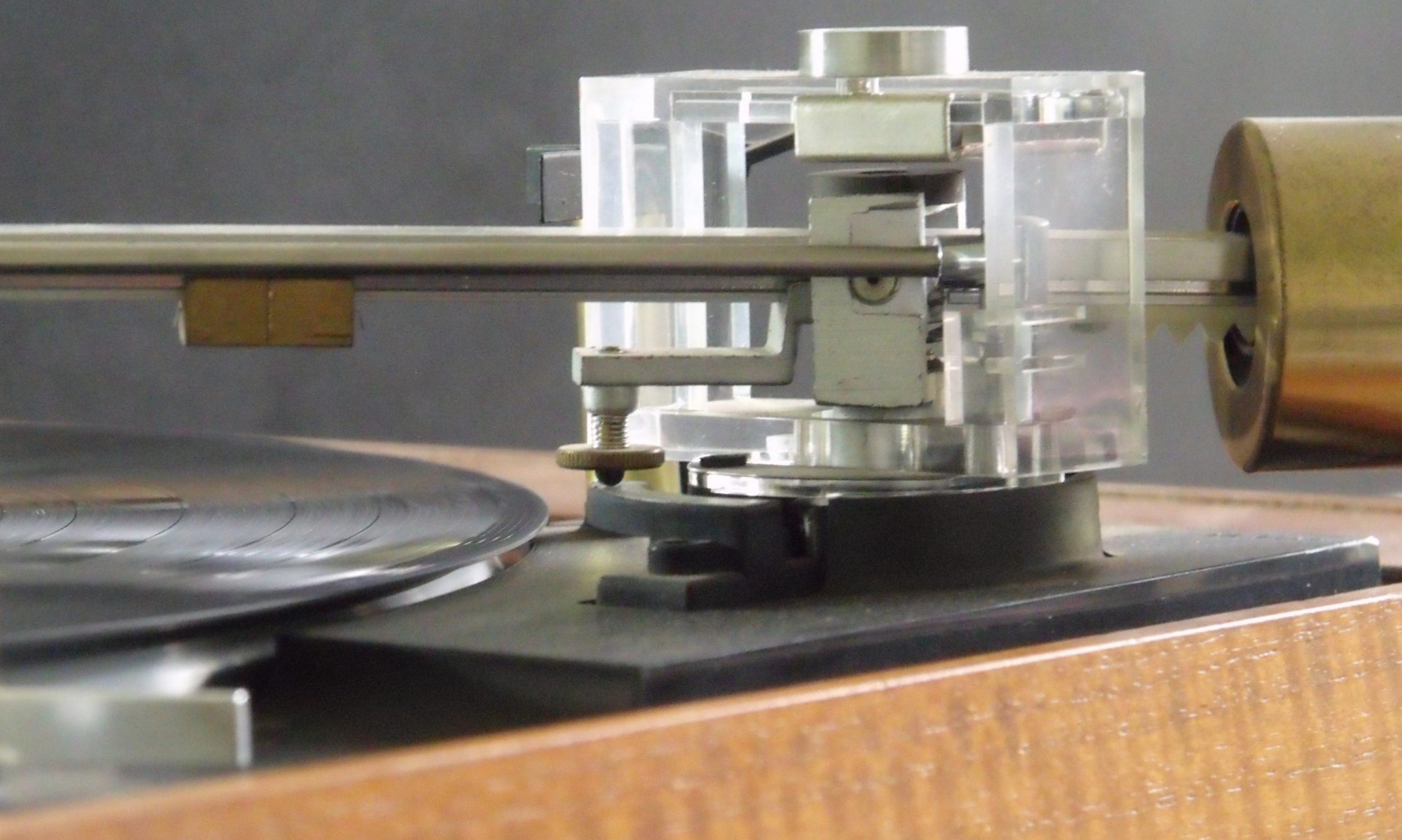Calling to me from the shelves of my local Cash Converters was this solid state phono pre amplifier.
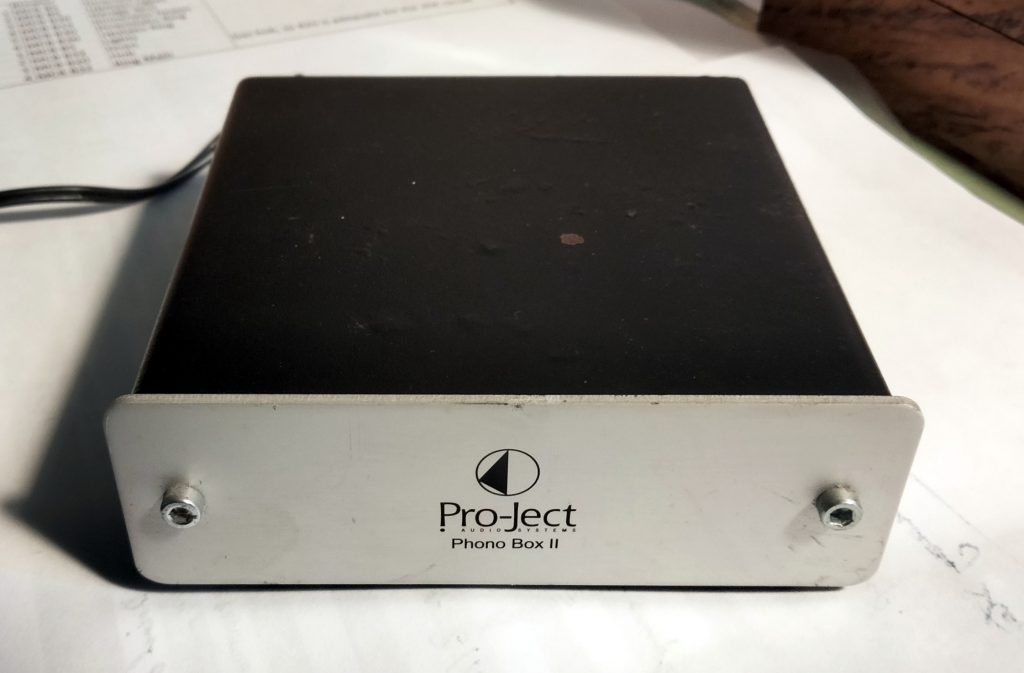
Bubbling paint work and a missing power supply explain the reasonable £25 paid.
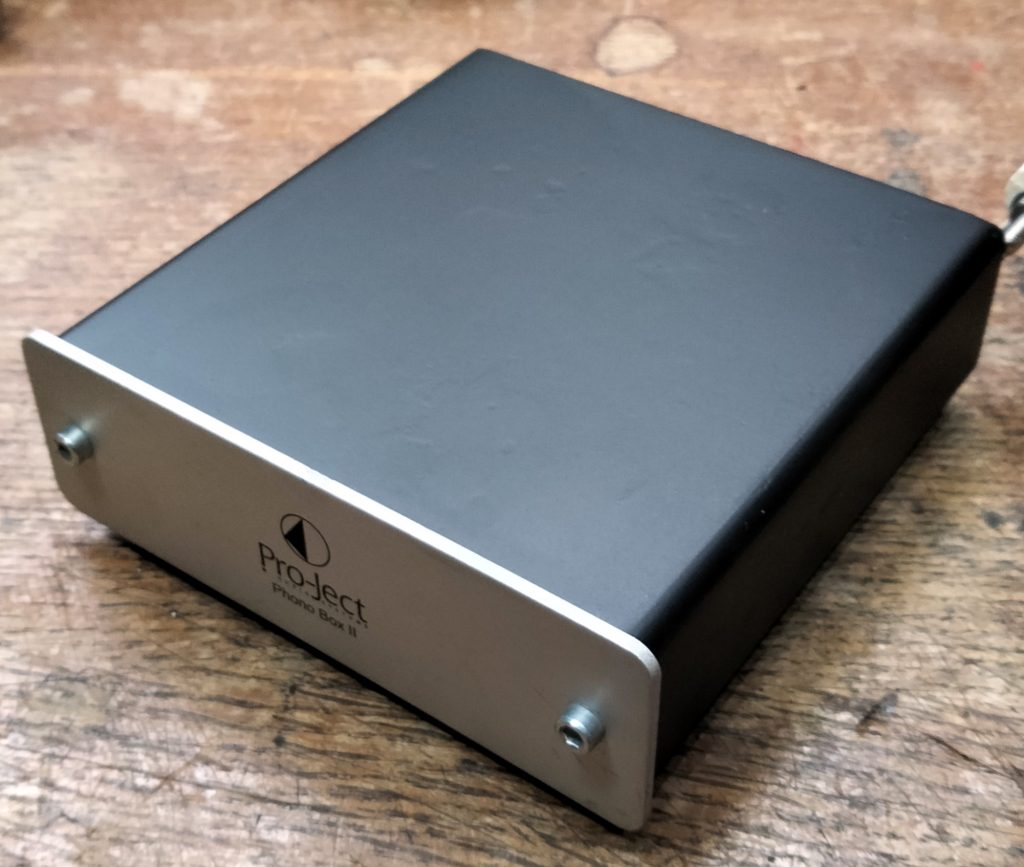
While not affecting functionality, the paint blemishes concerned me. I sanded it down to discover signs of corrosion. The point here is that the case rusted because it is Ferrous metal ( as confirmed with a magnet). This is a good thing because it provides better magnetic shielding than, say Aluminium. It also explains why it is so heavy. A re spray restored aesthetics.
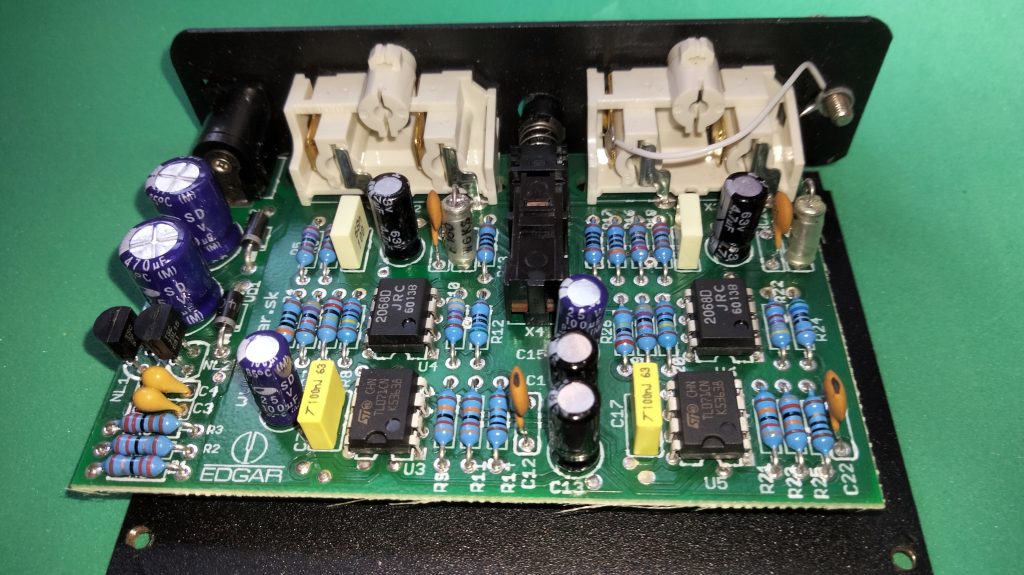
Looking at the circuit inside I found the technology to be reassuringly old school. A simple double sided circuit board with through hole components. No surface mount here. If you want to fiddle you can get your ‘scope and soldering iron in.
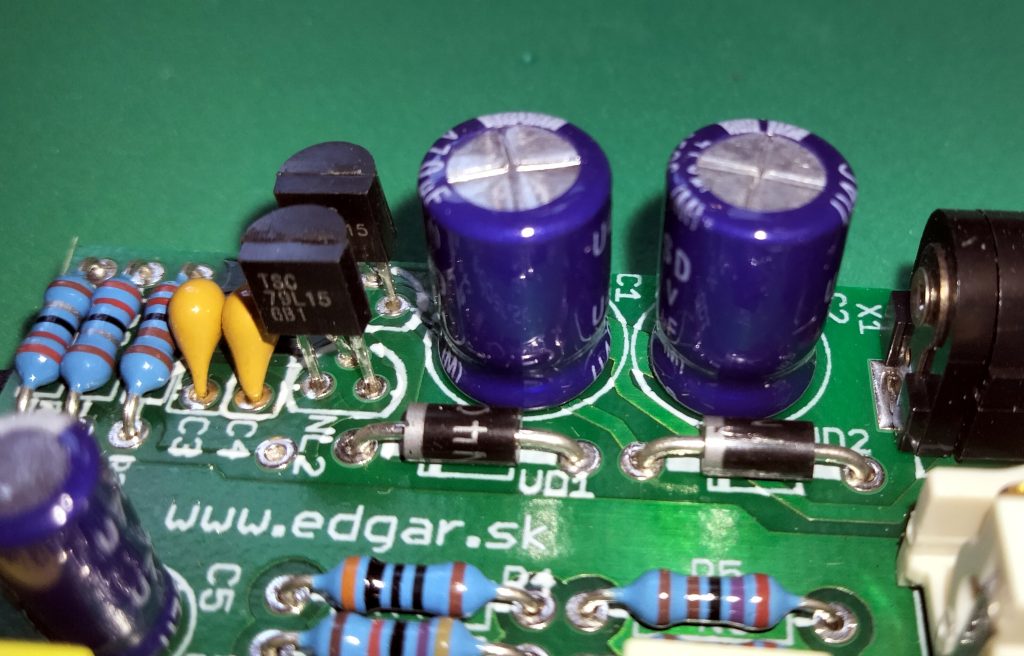
Starting with the power supply we have a simple diode rectifier feeding a couple of electrolytic capacitors and analogue 78L15 and 79L15 voltage regulators. A time honoured way of creating the clean quiet +-15V required by op-amps. A simple 16V AC transformer is required. No horrible noisy switch mode supplies. For my initial testing I actually used the transformer from a Hornby train set, though a Pro-ject item has since been substituted.
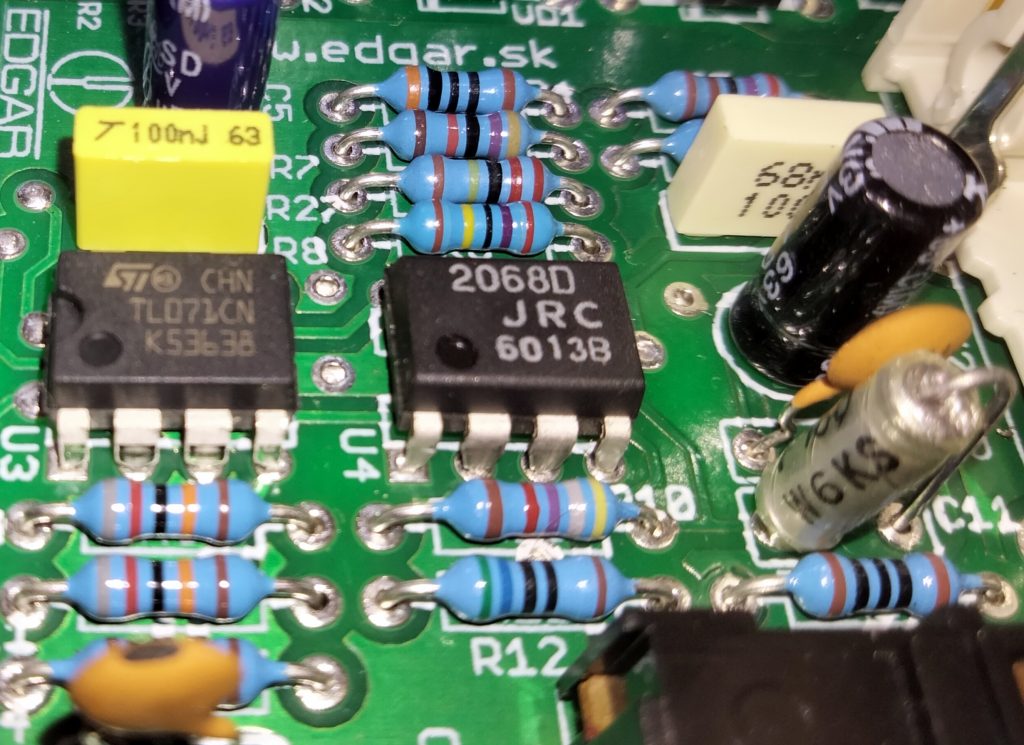
The amplification and equalisation is implemented using three op-amps per channel. A TL071 low noise FET op amp and a 2068D low noise dual op amp. For those who fancy trying different chips I would suggest fitting ic sockets. I have a selection of op-amps in a draw somewhere. Maybe some day I’ll have a play? Passive components look to be of good quality.
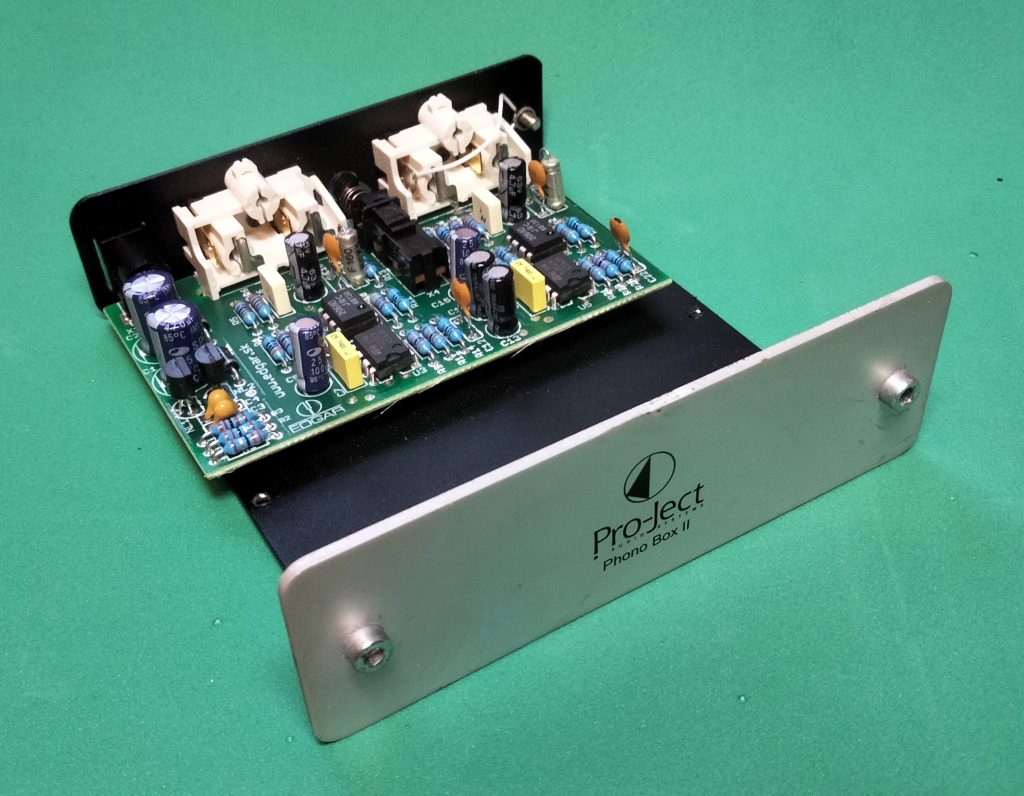
There is little point in attempting to reverse engineer this any further. The RIAA equalisation standard will pretty much dictate the circuit topology. It is component choice and build quality which will separate the men from the boys.
This is a simple phono stage, in a good way. Quality components are used and it is mechanicaly well built. Very nice piece of kit.
